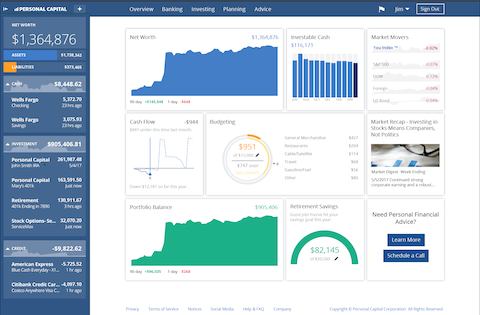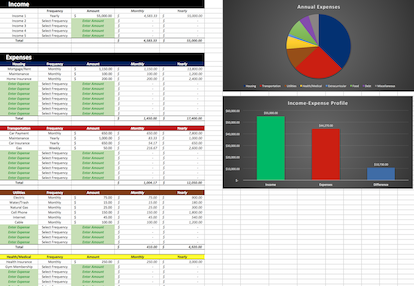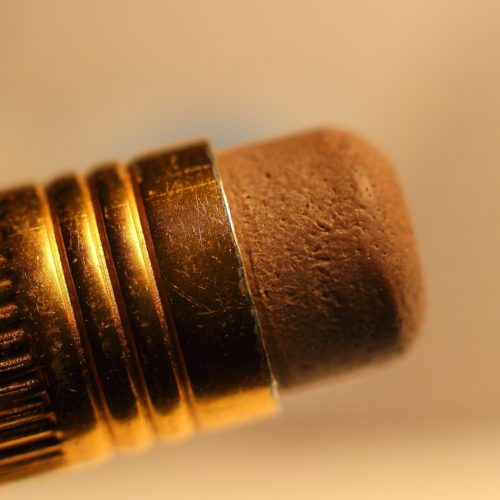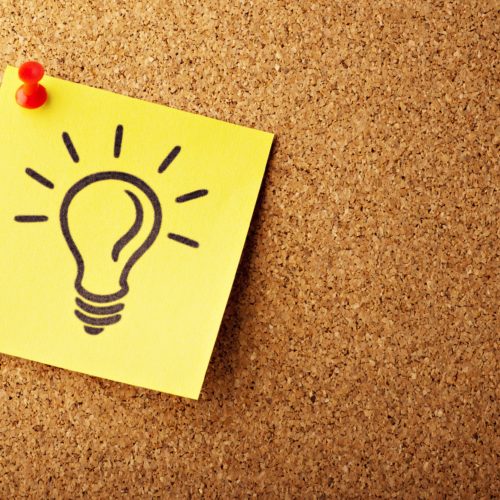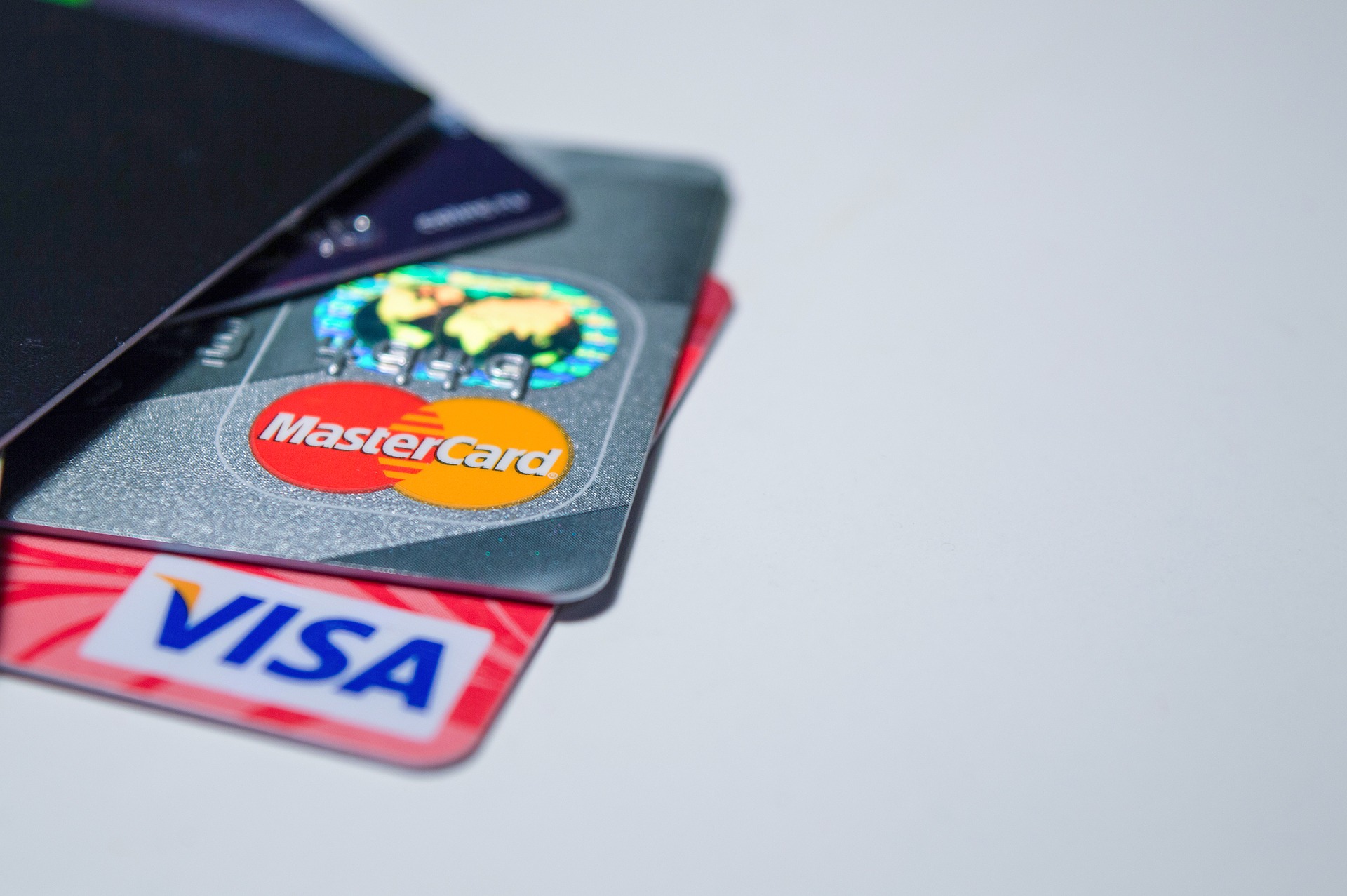
Credit cards, when used responsibly, can be an extremely valuable financial resource. They allow you to make purchases, both large and small, without the hassle or risk of carrying cash. Having a credit card gives you the ability to instantly and securely access funds that can be utilized at the vast majority of businesses around the world. Perhaps best of all, when you make a purchase using a credit card, you are not required to pay the full balance immediately. Instead, you can pay off the balance slowly over time by making smaller periodic payments. With all these great benefits, there has got to be some negative aspects to using credit cards, right?
Right you are. While the benefits can indeed be great, using credit cards excessively has the potential to totally ruin your finances. The quick and easy access to money often times leads to overspending, which in turn can lead to the creation of large amounts of expensive debt. A large balance paired with the high-interest rate of most credit cards creates a recipe for financial disaster. Once you’ve fallen deeply into credit card debt it can be very difficult to get out.
All of this may sound familiar if you’ve been following the posts on GoGreenDollar for a while. I’ve previously discussed the importance of getting out of debt (especially high-interest debt) and mapped out the best methods of becoming debt free. To go along with this theme, I thought it would be useful to explain how the expensive interest you pay on credit card debt is actually calculated. Hopefully, understanding this process will allow you to save some money by more efficiently utilizing your credit cards.
Let’s break it down into steps.
Annual Percentage Rate
Step #1
The first step in calculating credit card interest is to find the Annual Percentage Rate (APR) of the card. This rate is set by the bank that issued the credit card and can be affected by a variety of factors, including your credit score, promotional periods, the prime interest rate (the rate banks charge large corporations for borrowing money), and your payment history. Due to the many factors involved, APRs can range anywhere from 0% all the way to 80% or more.
You can find the APR by looking at your last statement or by contacting the bank that issued the card.
Step #2
Convert your APR into a daily interest rate by dividing it by 365 (the number of days in a year). This will give you the interest rate that your bank charges each day that you hold a balance. That’s right, credit card interest isn’t actually charged annually, instead a small amount is charged every day.
Step #3
Calculate the average daily balance of the billing cycle by adding up each day’s balance and then dividing by the number of days in the billing cycle.
Step #4
Multiply the average daily balance by the daily interest rate to calculate the average daily interest amount.
Step #5
Multiply the average daily interest amount by the number of days in the billing cycle to get the interest owed for the period.
That’s it!
Note: You may find that the interest you owe on your credit card debt is slightly higher than what you’ve calculated. This is most likely due to the method of compounding your credit card issuer uses. Many issuers compound monthly or even daily. As a result, not only will you owe interest on the money you have spent, you'll also owe interest on the interest from the previous month (or day). This has the potential to greatly increase the amount you owe over time. Just as compound growth can quickly grow your investments, it can also quickly grow your debts.
Example
Using the following assumptions, here’s how we would calculate the interest.
Assumptions
APR = 17.5%
Billing Cycle = 30 Days
Average Daily Balance = $1,000
Daily Interest Rate = 17.5% / 365 = 0.0479%
Average Daily Interest Amount = $1,000 x 0.0479% = $0.48
Interest Owed = $0.48 x 30 days = $14.40
The Good News
There is some good news in all of this. It is possible to take advantage of all the benefits of a credit card and still avoid the expensive interest payments. Credit card issuers provide a grace period during each billing cycle. All you have to do is pay off the statement balance of the card before the end of the billing cycle. If you do this, no matter what your average daily balance or daily interest rate is, you will be charged exactly $0 in interest! If you don’t pay off the statement balance in full you will most likely be charged the full amount of interest for the entire period.
Final Thoughts
Hopefully this article will give you something to think about the next time you pull out the plastic to pay. Maybe you’ll even be able to save a buck or two!
Tools To Get You Started
Get a head start on your journey toward achieving financial independence by analyzing and tracking your income, expenses, investment performance, and overall net worth with the free online wealth management tool Personal Capital.
We use Personal Capital regularly to analyze our investment fees, track our investments, and project our net worth. We also periodically review our progress toward retirement with their retirement planning calculator.
If you’d rather do things on your own, become a subscriber today and you’ll receive our Free Financial Planning Dashboard. This tool allows you to enter your income and expenses to create a detailed budget. You can use it to track your spending habits over time or just to get an idea of where your money is going each month. Take a look at the automatically generated charts and you may discover you have a little more cash to invest than you thought.
If you’re interested in detailed instructions on how to budget, save, pay off debt, and invest, check out The 6 Phases of Building Wealth. This book provides step-by-step instructions for working through each “Phase” in the process of achieving Financial Freedom. If you're just starting out, the information in this book will provide you with an invaluable resource. You can pick up the digital version for only $2.99 on Amazon.
Disclosure: Some of the links found on this website may be affiliate links. Affiliate links pay GGD a small commission when you click through and/or make a purchase. This is at zero additional cost to you.
Full Disclaimer/Disclosure
Related Posts
-
Best Strategy To Erase Debt, For Good
Debt. It gives us spending flexibility by providing the resources to purchase big-ticket items we’d otherwise be unable to afford. It allows us to delay payment on purchases and to spread the total amount owed…
-
The Basics: Compound Growth
In the previous installment of “The Basics” series, we presented a step-by-step guide on how to set up your first investment account. Hopefully, that post will help some of the investment beginners out there conquer…
-
The Basics: Setting Up An Investment Account
By now, it’s pretty obvious that I believe investing is vitally important to your future financial success. As you've also probably gleaned from my writings, the stock market is, by far, my favorite investment option.…

